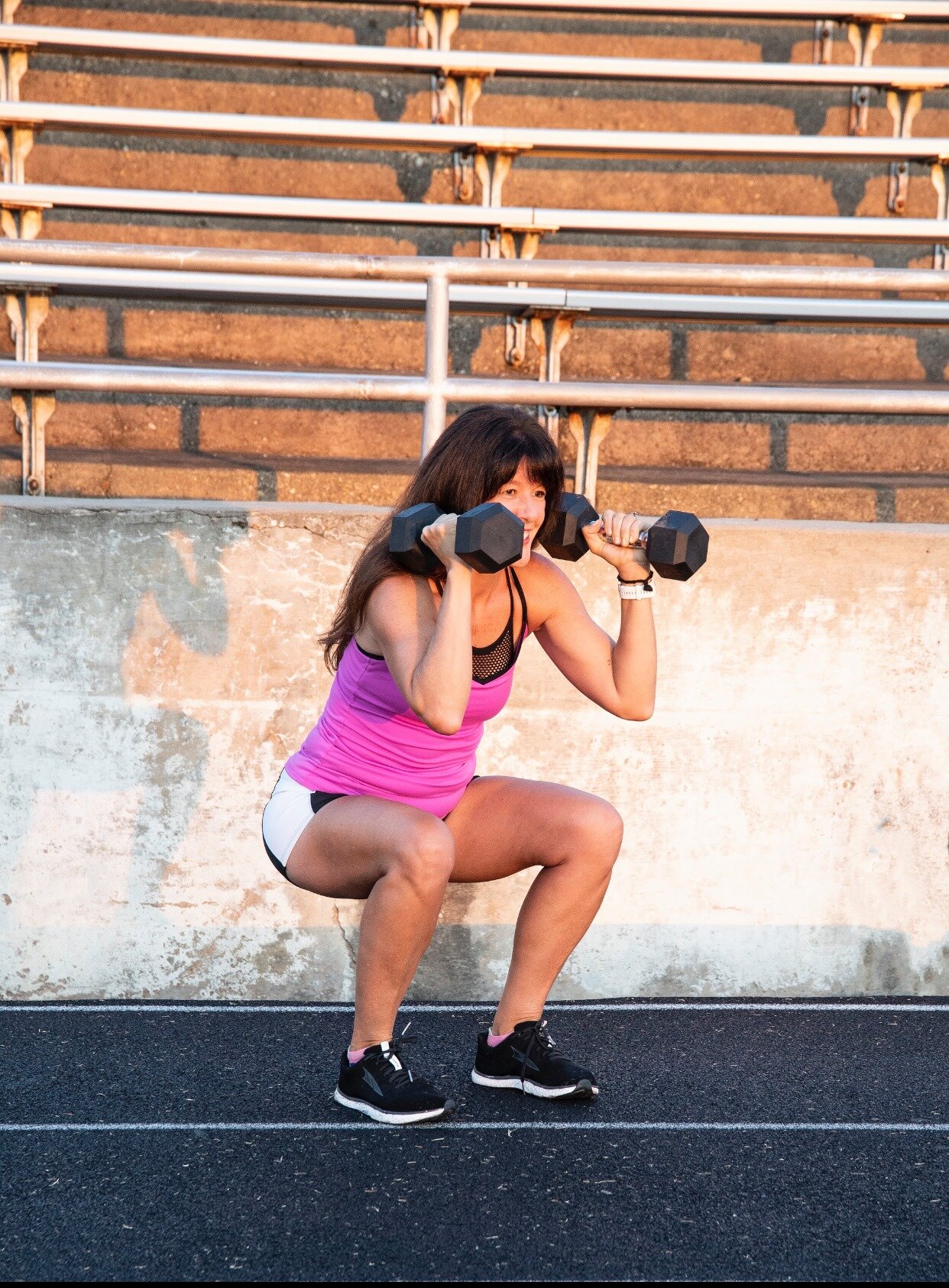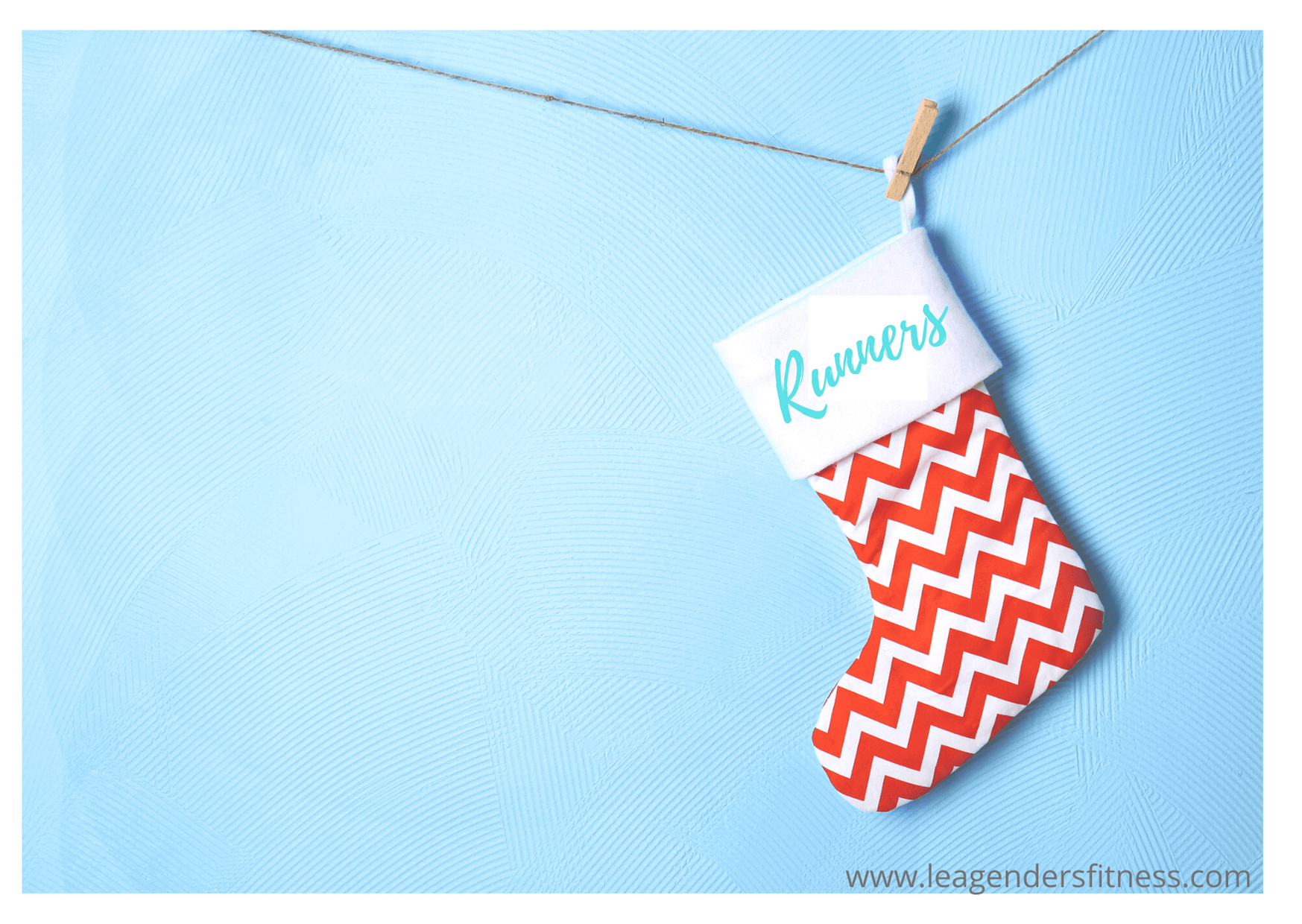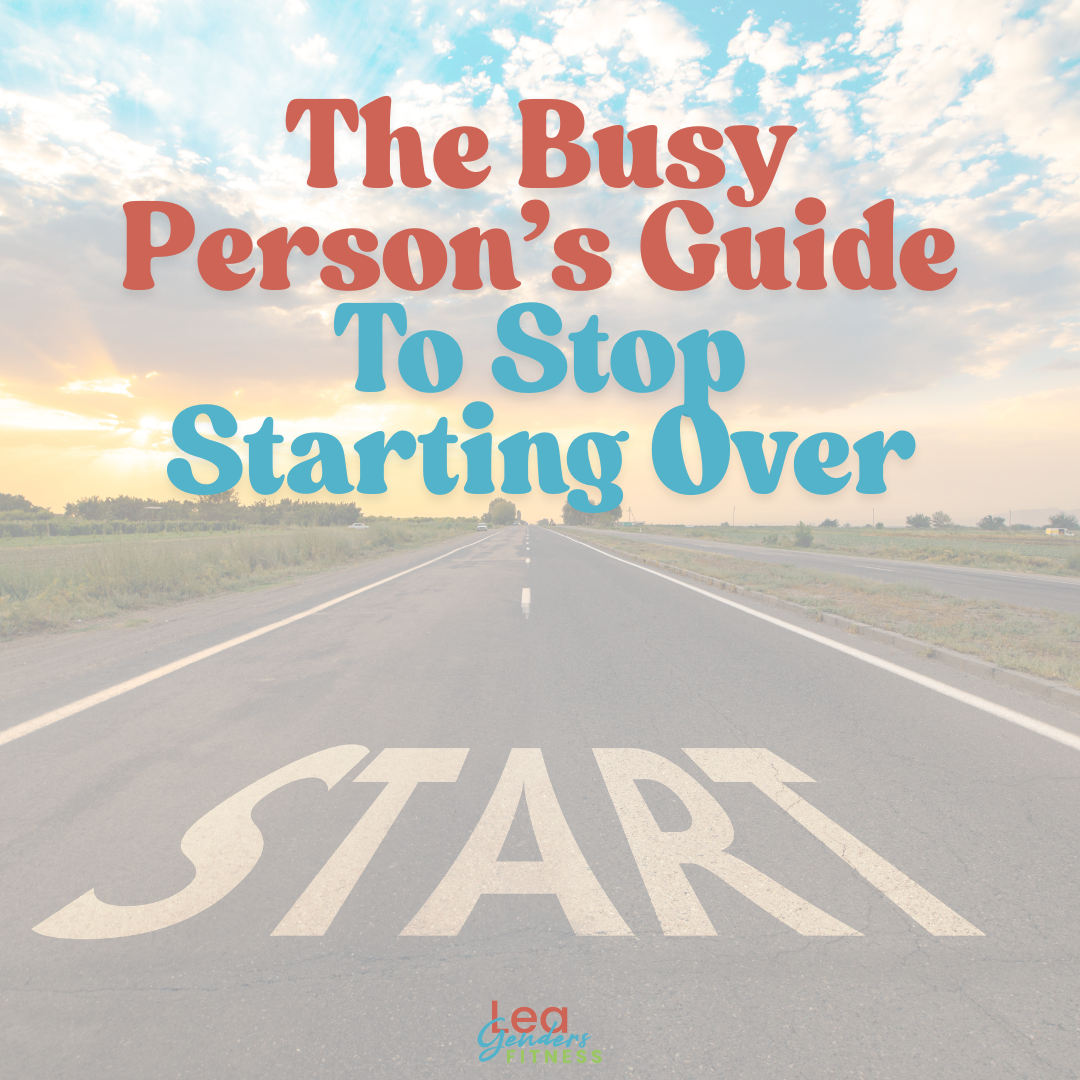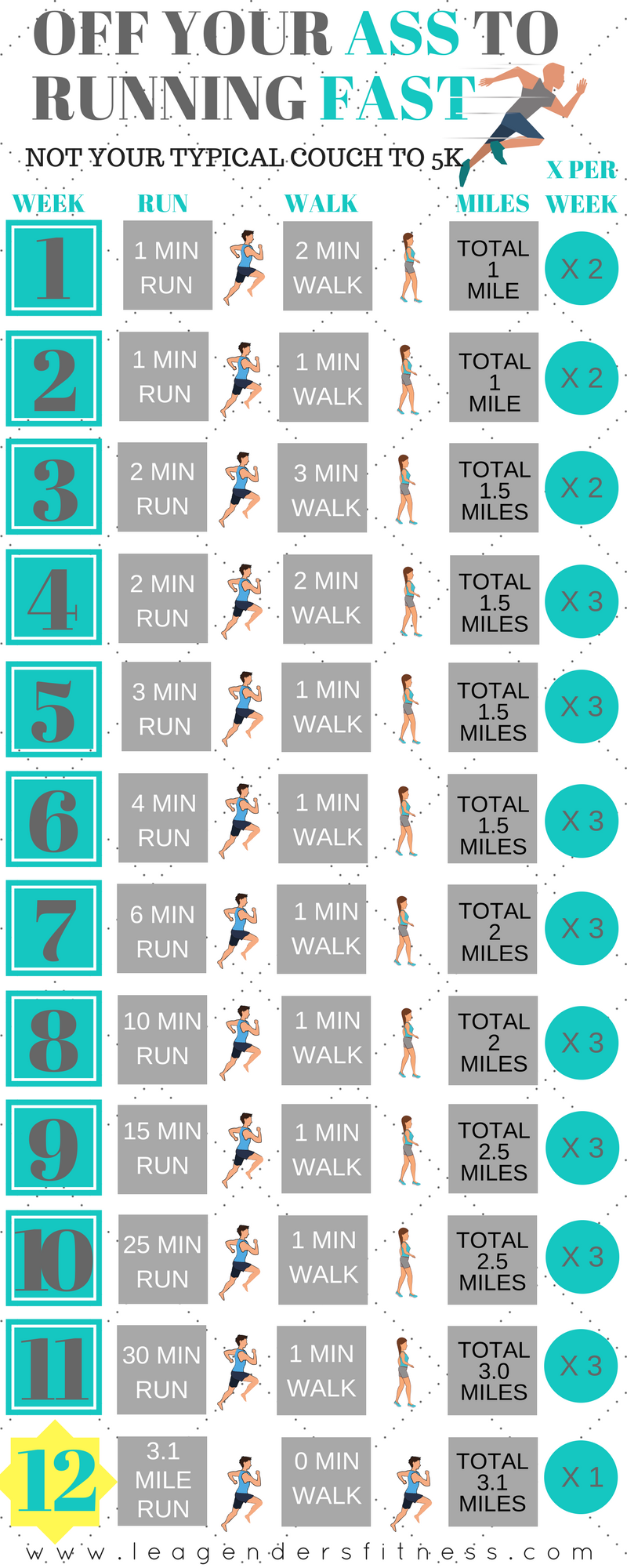I'm sorry for yet another Game of Thrones reference. Really, I am, but Winter Has Come! I may live in the south now but as you know...the North Remembers. I am from Pennsylvania so I have plenty of experience beyond the wall (OK, I'll stop now). While it doesn't snow as much in Fort Worth, TX as it did in Pennsylvania, it still gets considerably cold here and we all have to take precautions to run safely during this season...you know, now that winter has come.
If you want to maintain your endurance fitness through the winter months or if you are training for a spring marathon you either have to embrace the treadmill or learn to survive and thrive while running outdoors in the winter.
This post contains affiliate links. That means if you click on a link in the post and make a purchase I make a small percentage of the sale with no additional cost to you. No one is getting rich here, it just helps with the running (pun intended) of this blog. Thanks, as always, for your support.
RUN WITH A PARTNER
While it's a good idea to run with a partner any season of the year, it can be especially helpful in the winter months when it is dark outside. Not only is there safety in numbers, it helps with running motivation when you have a partner to join in on the fun. Yes, this is supposed to be fun. If you don't know anyone that's crazy enough to want to run when it's cold and dark, consider joining a running, training group or even an online support group to find other weirdos, just like you (and me).
WEAR REFLECTIVE GEAR AND/OR LIGHTS AT NIGHT
The days are shorter so running is the dark may be the norm this time of year. Wear reflective gear but I suggest you take this one step farther and run with a light at night. You can never be too safe. I like these knuckle lights, they are bright and they strap right to your hands.
LEAVE YOUR HEADPHONES AT HOME
It's important that you can hear your surroundings, especially when it is dark outside and you may not be able to see as clearly as usual. You'll want to hear if someone or something is approaching your personal space. Keep your ears open for signs of cars, dogs and possible predators, Justin Timberlake can wait until your next treadmill run.
ALWAYS CARRY YOUR PHONE
Always carry your phone. You never know when you may need to call for help (or a ride home when you get lost. What? Just me?). Wear a running belt to carry your phone and small belongings. I like the FlipBelt.
It happens.
VARY YOUR ROUTE
It's easy to fall into a regular routine but when the run the same route at the same time every day, you could become a potential target. Challenge yourself to run a different route every day. Change the time of day that you run, or even by just 30 minutes to an hour. Be unpredictable.
CARRY ID
Carry your ID with you in case something happens or if you need to stop for a beer (wink). I have a Road ID on my running shoes in case I get separated from my belongings. I also really like the Road ID free app. Your friends and family can track you while you're out on your run and it will send notifications if you stop moving for more than five minutes. It's another layer of peace of mind for you and your loved ones and it may motivate you not to stop for a break at the donut shop.
BUNDLE UP/DRESS IN LAYERS
Cover exposed skin and dress in layers. The rule of thumb is to dress as if it's 15-20 degrees warmer than the outdoor temperature because you'll warm up as you start running. Wear synthetic (aka non cotton) clothes and socks. Cotton absorbs water and sweat and synthetic material pulls it away. It will help you stay dry and avoid chafing and blisters. Friends don't let running friends wear cotton.
I love these gloves from Trailheads. The mittens flip back and tuck into the back of the glove for when you get too warm during your run. I'd show you a picture of mine, but they are covered in snot and spit (gross). These are by-far my favorite running gloves for cold weather.
WARM UP INDOORS
When it's cold outside, do your warm up inside to get the blood flowing, loosen up tight muscles and joints. I recommend a dynamic warm up like this one indoors before you hit the road.
BUILD MENTAL TOUGHNESS
Use it or lose it. Flex your mental toughness muscle. If we only run in perfect conditions we won't have a lot of opportunities to run. Besides, once you get out there it is not usually as bad as you built it up in your mind. You can do hard things. Every chance you get to prove to yourself that you can, you grow a little stronger
USE COMMON SENSE
My husband likes to say that common sense is wildly uncommon, but use common sense when running outdoors in the winter. If there is extreme weather take your run indoors or take the day off. Don't risk your safety or health for a run.
It can be a little harder to get motivated to run when it's cold and dark outside, but with a little planning and an extra layer of mental toughness we can get out there and survive and thrive this winter running season.
Like this post? Consider sharing with your friends and family.

















































When people talk about performance-enhancing drugs, they aren’t usually talking about caffeine, but if used correctly, caffeine can improve your running performance. In this blog post, I’ll teach you how to use caffeine to boost your performance. for key workouts or race day.